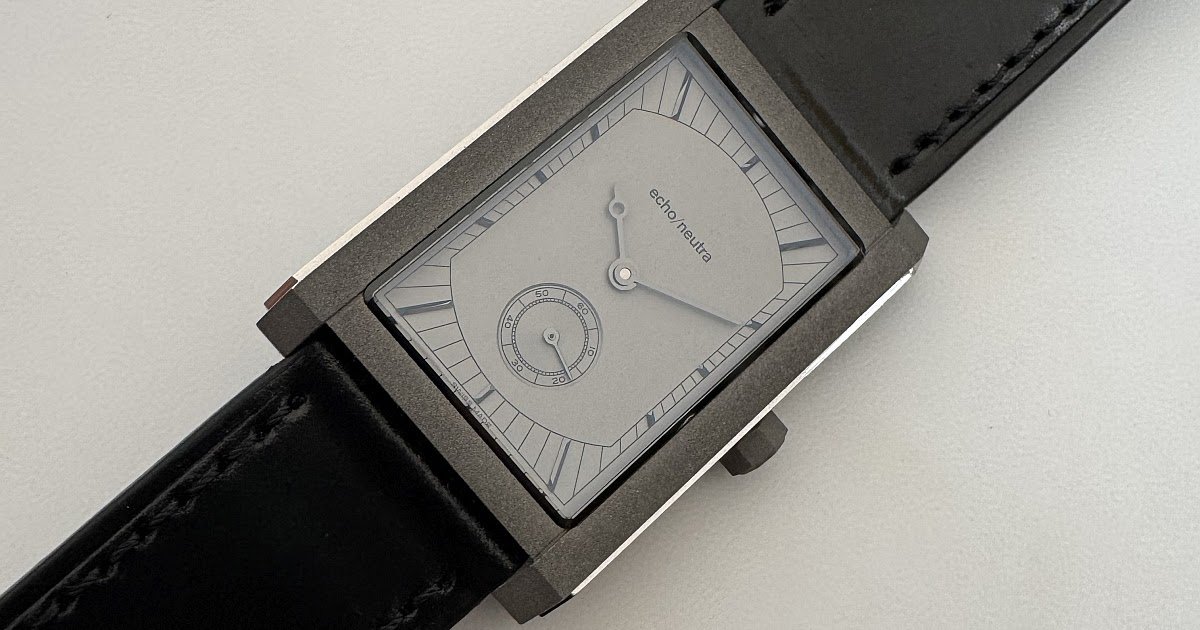Table of Contents
The quartz crisis, which shook thewatch industry in the 1970s and 1980s, had a major impact on traditional watch manufacturers. This tumultuous period not only resulted in a significant decline in sales of mechanical watches, but it also led to the emergence of new technologies and a radical transformation of the industry.
In this article we will examine how the quartz crisis has shaken up the watch industry and what were the consequences for those involved in the sector.
The origins of the quartz crisis
The outbreak of the quartz crisis has its roots in thetechnological innovation. In the 1960s, Japanese companies Seiko and Citizen began developing electronic watches powered by a quartz oscillator.
Unlike traditional mechanical watches, these watches offered unparalleled precision and required less maintenance. Additionally, they were cheaper to produce, making them accessible to a wider audience.
The advent of quartz watches
In 1969, Seiko released the first commercially available quartz wristwatch, the Seiko Astron. This was the start of a revolution in the watch industry, which saw the demand for quartz watches explode. Swiss watch manufacturers, who until then had dominated the global market, were taken by surprise by this rapid development and quickly lost market share to Japanese companies.
The response of traditional manufacturers to the crisis
Faced with this rise in popularity of quartz watches, mechanical watch manufacturers have had to adapt to survive. Several strategies have been adopted, ranging from diversification of the offer to highlighting the traditional values of Swiss watchmaking.
Diversification of the offer and adoption of quartz
Some mechanical watch manufacturers have chosen to adapt to market developments by integrating quartz technology into their production. Swatchfor example, is a brand born in 1983 from the merger of two Swiss watchmaking groups: ASUAG and SSIH.
Swatch has managed to position itself on the market thanks to its offering of colorful and affordable quartz watches, while retaining part of its production of high-end mechanical watches.
Highlighting the traditional values of Swiss watchmaking
Other mechanical watch manufacturers have opted for a different approach to the crisis, highlighting the traditional characteristics and values of Swiss watchmaking.
Among these values are artisanal know-how, technical innovation and the quality of the materials used. This strategy has allowed certain brands to preserve their identity and position themselves in a high-end segment of the market.
The long-term consequences of the quartz crisis
The quartz crisis not only shook up the watch industry by causing a technological revolution, but it also had lasting consequences on players in the sector.
A radical transformation of the industry
The appearance of quartz watches forced mechanical watch manufacturers to innovate to remain competitive. This has led to a true renaissance in Swiss watchmaking, with the development of new technologies, such as ultra-thin automatic movements, eco-friendly watches and, more recently, connected watches.
A diversification of actors
The quartz crisis has also led to a diversification of players in the watch industry. Although Japanese watches largely dominated the market in the 1970s and 1980s, they have since faced competition from American and European companies who have invested in research and development.
Today, the industry includes players from different backgrounds, such as start-ups specializing in wearable technologies or fashion brands offering watches bearing their image.
Lessons learned from the quartz crisis
The quartz crisis was a difficult time for the watch industry, which had to face major upheaval. However, it has also allowed the sector to reinvent itself and adapt to technological developments and new consumer expectations. Among the lessons learned from this crisis, we can cite:
- The importance of innovation : The quartz crisis showed that traditional watchmaking had to constantly innovate to remain competitive in the face of technological advances.
- The need to diversify its offering : Mechanical watch manufacturers have had to rethink their strategy by offering varied products to meet different market segments.
- The essential role of communication : Highlighting the traditional values of Swiss watchmaking has helped to preserve the cultural heritage of the sector while attracting new consumers.
Thus, even if the quartz crisis has had harmful consequences on many players in the watch industry, it has also been a source of profound and beneficial transformations for the sector as a whole.






